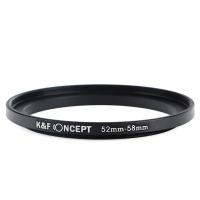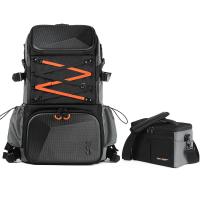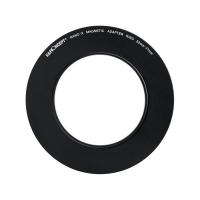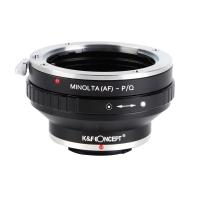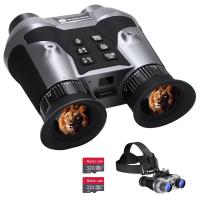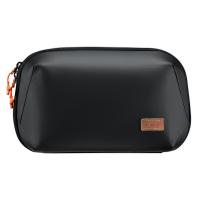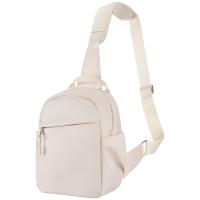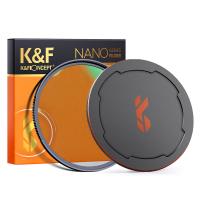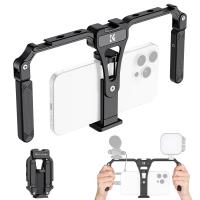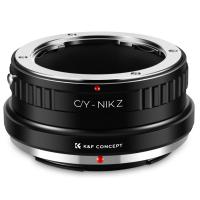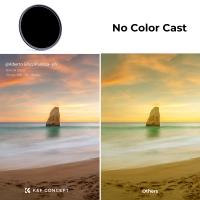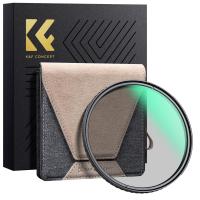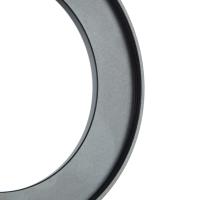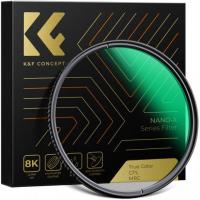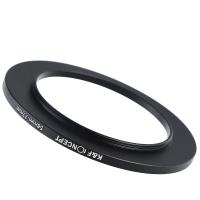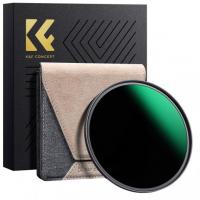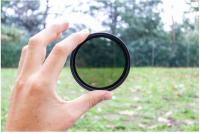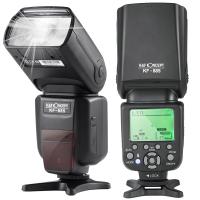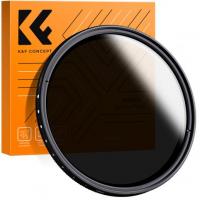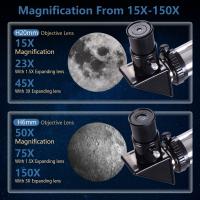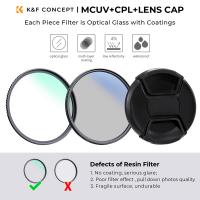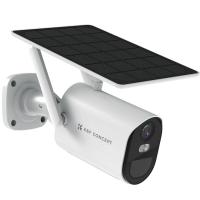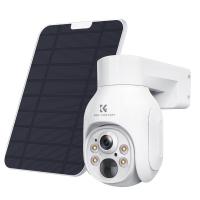How To Know Size Camera Filter?
When it comes to photography, understanding the nuances of your equipment is crucial for capturing the perfect shot. One such nuance is knowing the size of your camera filter. Camera filters are essential tools that can enhance your images by controlling light, reducing glare, and adding creative effects. However, to use them effectively, you need to ensure they fit your lens correctly. This article will guide you through the process of determining the right size for your camera filter, addressing common questions and providing practical solutions.
Understanding Camera Filters

Before diving into the specifics of filter sizes, it's important to understand what camera filters are and why they are used. Camera filters are accessories that attach to the front of your camera lens. They come in various types, including UV filters, polarizing filters, neutral density (ND) filters, and color filters. Each type serves a different purpose:
- UV Filters: Protect the lens from dust, scratches, and UV rays.
- Polarizing Filters: Reduce reflections and enhance colors.
- Neutral Density Filters: Reduce the amount of light entering the lens, allowing for longer exposure times.
- Color Filters: Adjust the color balance of your images.
Why Knowing the Filter Size Matters
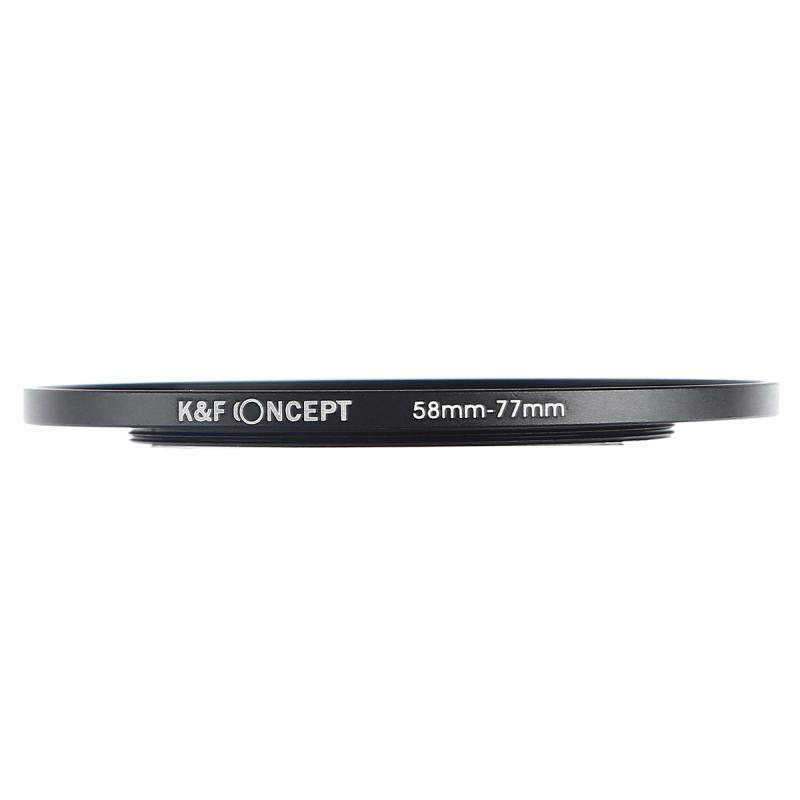
Using the correct filter size is essential for several reasons:
1. Compatibility: A filter that is too small or too large won't fit your lens properly, rendering it useless.
2. Image Quality: An ill-fitting filter can cause vignetting (darkening of the corners of the image) or other optical issues.
3. Convenience: Knowing your filter size allows you to purchase the right accessories without trial and error.
How to Determine Your Camera Filter Size
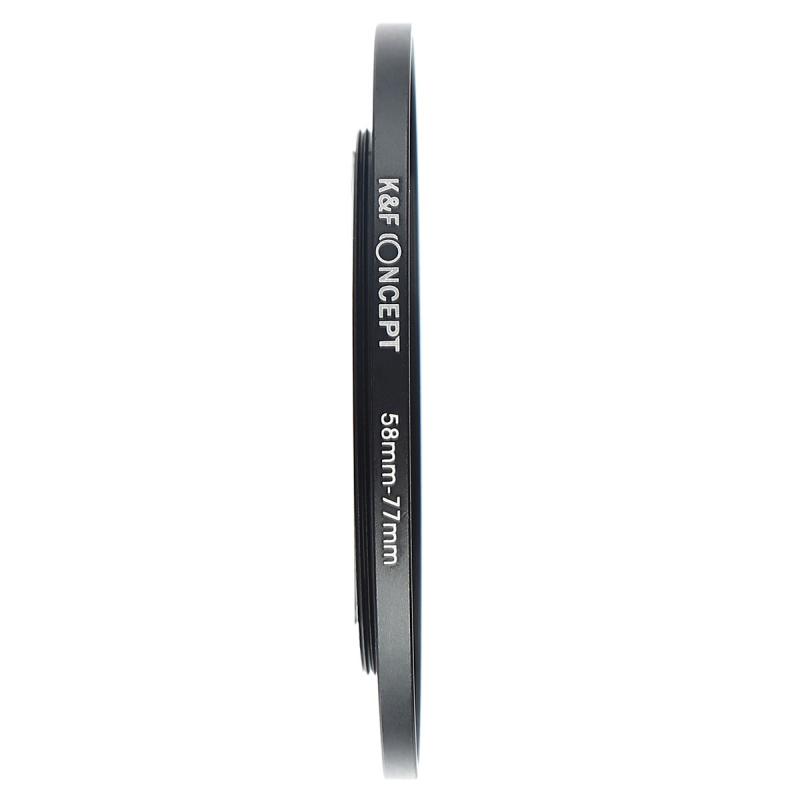
There are several methods to determine the correct filter size for your camera lens:
1. Check the Lens Cap

One of the simplest ways to find your filter size is to look at the lens cap. Most lens caps have the filter size printed on them, usually in millimeters (mm). For example, you might see something like "Ø58mm" or "58mm," indicating a 58mm filter size.
2. Look at the Lens Barrel
If the lens cap doesn't provide the information, check the lens barrel. The filter size is often printed on the front or side of the lens barrel, near the lens glass. It is usually indicated by a diameter symbol (Ø) followed by the size in millimeters.
3. Refer to the Lens Manual
The lens manual is another reliable source for filter size information. The specifications section of the manual will list the filter size along with other important details about the lens.
4. Measure the Lens Diameter
If you can't find the filter size using the above methods, you can measure the lens diameter yourself. Use a ruler or caliper to measure the diameter of the front of the lens. Be sure to measure the outer edge where the filter threads are located.
Common Filter Sizes
While filter sizes can vary, some sizes are more common than others. Here are a few standard filter sizes you might encounter:
- 49mm
- 52mm
- 58mm
- 62mm
- 67mm
- 72mm
- 77mm
- 82mm
Knowing these common sizes can help you quickly identify the right filter for your lens.
Adapting Filters to Different Lenses
If you have multiple lenses with different filter sizes, you don't need to buy a separate filter for each lens. Instead, you can use step-up or step-down rings to adapt a filter to different lens sizes.
- Step-Up Rings: These rings allow you to attach a larger filter to a smaller lens. For example, a 58mm to 67mm step-up ring lets you use a 67mm filter on a 58mm lens.
- Step-Down Rings: These rings allow you to attach a smaller filter to a larger lens. However, using step-down rings can cause vignetting, so they are less commonly used.
Practical Tips for Using Camera Filters
Now that you know how to determine your filter size, here are some practical tips for using camera filters effectively:
1. Keep Filters Clean
Dirty filters can degrade image quality. Use a microfiber cloth and lens cleaning solution to keep your filters clean and free of smudges.
2. Use a Filter Case
Store your filters in a protective case to prevent scratches and damage when not in use.
3. Stack Filters with Caution
While you can stack multiple filters on your lens, doing so can increase the risk of vignetting and reduce image sharpness. Use filter stacking sparingly and only when necessary.
4. Experiment with Different Filters
Don't be afraid to experiment with different types of filters to achieve various effects. For example, try using a polarizing filter to enhance the colors of a landscape or an ND filter to capture long-exposure shots of flowing water.
Knowing the size of your camera filter is a fundamental aspect of photography that can significantly impact your images. By checking the lens cap, lens barrel, lens manual, or measuring the lens diameter, you can easily determine the correct filter size for your lens. Additionally, understanding common filter sizes and using step-up or step-down rings can help you adapt filters to different lenses. With the right filter size and proper usage, you can enhance your photography and capture stunning images.
Whether you're a beginner or an experienced photographer, mastering the use of camera filters is a valuable skill that can elevate your work. So, take the time to determine your filter size and explore the creative possibilities that filters offer. Happy shooting!




